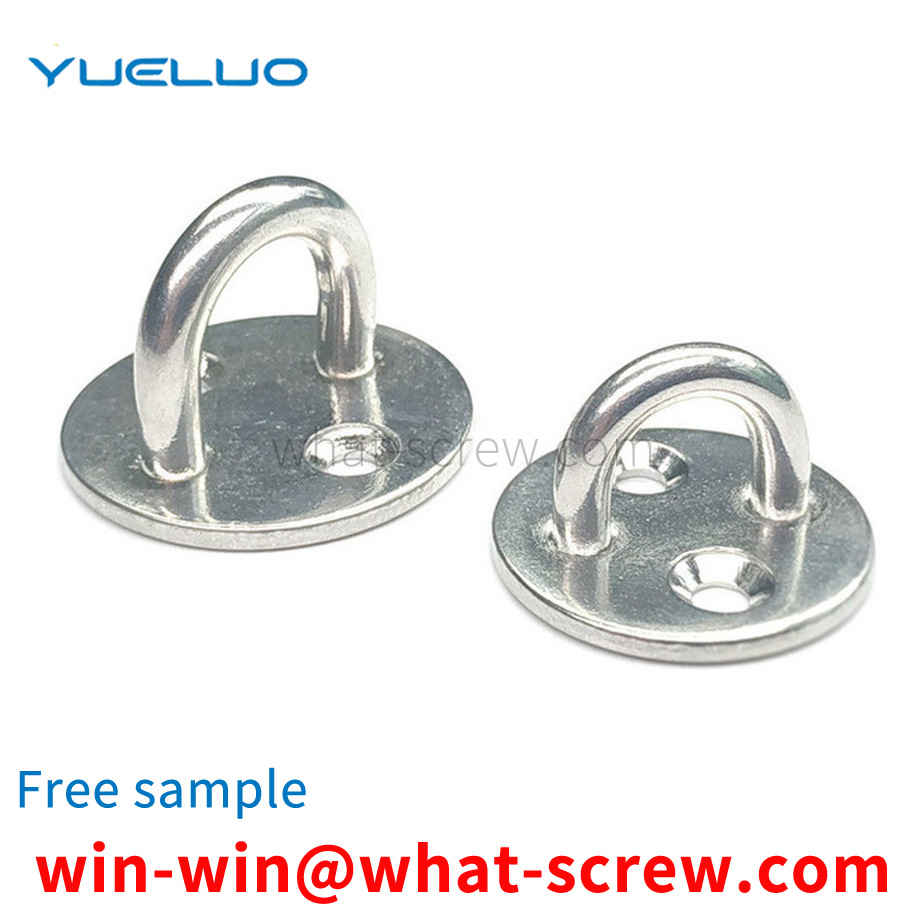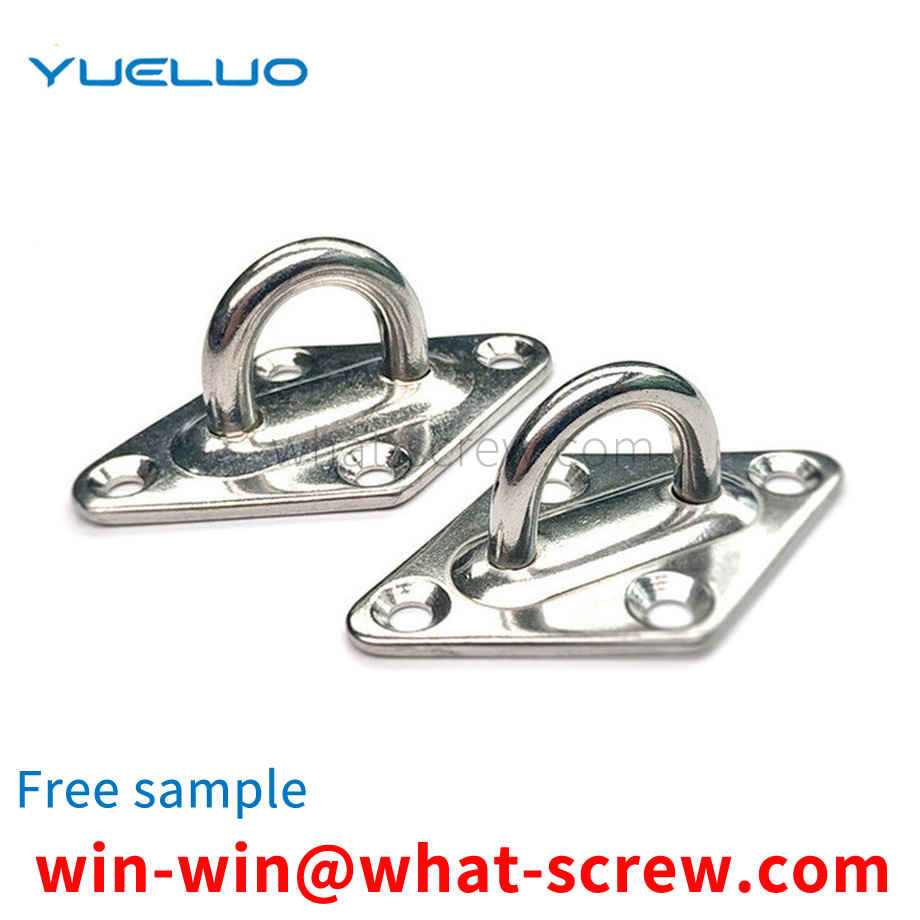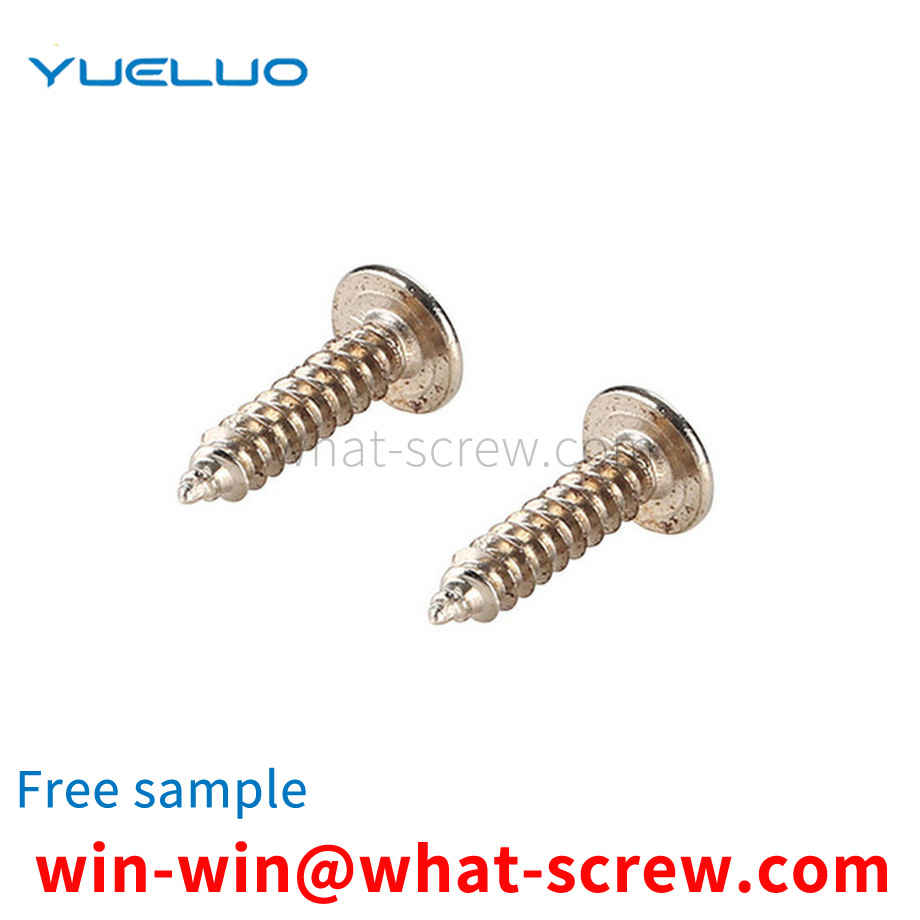What is the tolerance range of precision screws?
What is the tolerance range of precision screws?
Service Hotline
+86760-8787 8587We have more than ten years of experience in screw industry production, the main products are: gun pull cap gun, countersunk head blind hole lock nut, flat head machine screw, fastener bolt, open rivet, JISB bolt, hand screw long screw, Heavy-duty spring washer, French standard dish-shaped embossed washer, single-ear and double-ear stop washer, internal tooth stop washer, double-pass knurled round copper post, external hexagon head wood screw, mechanical and electrical equipment lifting ring nut, PC board Fasteners such as isolation columns, due to the different materials and specifications of the products, the prices are also different, please contact us if necessary.


It can be seen from the extrusion process that the screw works under high temperature, certain corrosion, strong wear and high torque. Therefore, the screw must: 1) High temperature resistance, no deformation under high temperature; 2) Wear resistance, long life; 3 ) Corrosion resistance, the material is corrosive; 4) High strength, can withstand large torque, high speed; 5) Good cutting performance; 6) After heat treatment, the residual stress is small, and the thermal deformation is small. [1]

The motor bearing retaining ring is used to fix the axial position of the bearing. The structure of the bearing retaining ring 1 in the prior art is shown in FIG. 1 , which is a ring-shaped sheet-like structure with a gap, the inner diameter of which is smaller than the inner diameter of the connected bearing, and the outer side 11 of the ring is a continuous arc shape. The inner side of the ring is provided with a groove 12, 13 of the same size on both sides of the midpoint of the ring, and the width of the groove is equal to the distance from the groove to the gap of the ring. When the axial locking force (impact) of the bearing retaining ring of this structure is greater than 6.5N, serious deformation will occur or even the retaining ring will be separated from the shaft shoulder. In order to solve this problem, when the axial locking force is greater than 6.5N, the prior art generally adopts a two-ring combined structure of steel wire ring + bearing retaining ring, and its installation state is shown in Figure 2, as shown in Figure 2, l It is a bearing retaining ring in the prior art, 3 is a locking nut, 4 is a fan blade insert, 5 is a bearing, 6 is a shaft, and 7 is a wire ring. However, such a structure is costly and troublesome to assemble, especially if the bearing retaining ring is not placed in place during assembly, the bearing retaining ring is at risk of being crushed.


Rivets are mostly used for fixed riveting and movable riveting between parts. The rivets used for movable riveting are mostly cylindrical, and there is no size limit for riveted parts, which is easy to cause parts to be squeezed and deformed during riveting. For example, The parts are inserted into the parts for active riveting. When riveting, the riveting force can easily cause the parts to clamp the parts, which in turn causes difficulty in the movement of the parts and the parts, high operating force and noise problems, and the parts are easily damaged.

① Nominal thread outer diameter (thread specification): divided into metric system and inch system. Metric thread → common specifications are 2; 2.3; 2.5; 2.6; 2.9; 3; 3.1; 3.5; 4; 4.2; 4.5; The unit is mm (millimeters). Inch thread→ Common specifications are 2#;4#;6#;8#;10#;12#;1/4;7/32;5/16;3/8;1/2 ;9/16;3/ 4. The unit is in (inches). ② Number of teeth/pitch: Definition of number of teeth → the number of teeth lines in one inch (25.4mm) length. Pitch Definition → Distance value between two adjacent threads. Conversion of number of teeth and pitch of teeth → pitch of teeth = 1 inch/number of teeth ③Nominal length: divided into metric system and inch system. Metric Nominal Length → Common values are 5, 6, 6.5, 7, 8, 9, 9.5, 10, 11, 12, 13, 14, 15, 16, 18, 19, 20, 21, 25, 28, 30, 31 , 32, 35, 40, 42, 45, 50, 55, 60, 65, 70, 75, 80, 85, 90, 95, 100, 110, 120. The unit is mm (millimeters). Imperial Nominal Length → Common values are 1/4, 5/16, 3/8, 7/16, 1/2, 5/8, 3/4, 1, 2, 3. Units: in (inches). ④Head type: use letters to indicate the type of head type, please refer to the previous classification of commonly used screw head types. ⑤Tooth type/tail type: Use letters to indicate the type of tooth type/tail type, please refer to the previous Commonly used screw thread/tail type classification. ⑥Groove type: Please refer to the previous section Category of common screw groove types of our company. Cross-slotted or non-slotted (such as punched hexagon head screws) do not need to be marked here, and other groove types need to be described in words. ⑦Special labeling: In general, no labeling is required. When expressing its characteristics, it is described in words at this position. For example: the specification name of the screw is described as 4-0.7x70PM±tooth length 35, which means 4 is the nominal diameter of the screw thread, 0.7 is the pitch, 70 is the nominal length of the screw, and P means its The head type is a pan head, M means its tooth type/tail type is a wire thread type, ± means its groove type is ± groove and can also be expressed by plus or minus groove. Tooth length 35 is special Mark, specify the thread length value of this screw.

The above content is uploaded by Yueluo or the Internet. If there is any copyright issue, please contact [email protected].

What is the tolerance range of precision screws?

How to choose the right stainless steel screw manufacturer?

Why is there an R angle under the head of the hexagon head s...

We have more than ten years of production experience in the ...

We have more than ten years of experience in the production ...

We have more than ten years of experience in the production ...

We have more than ten years of experience in screw industry ...